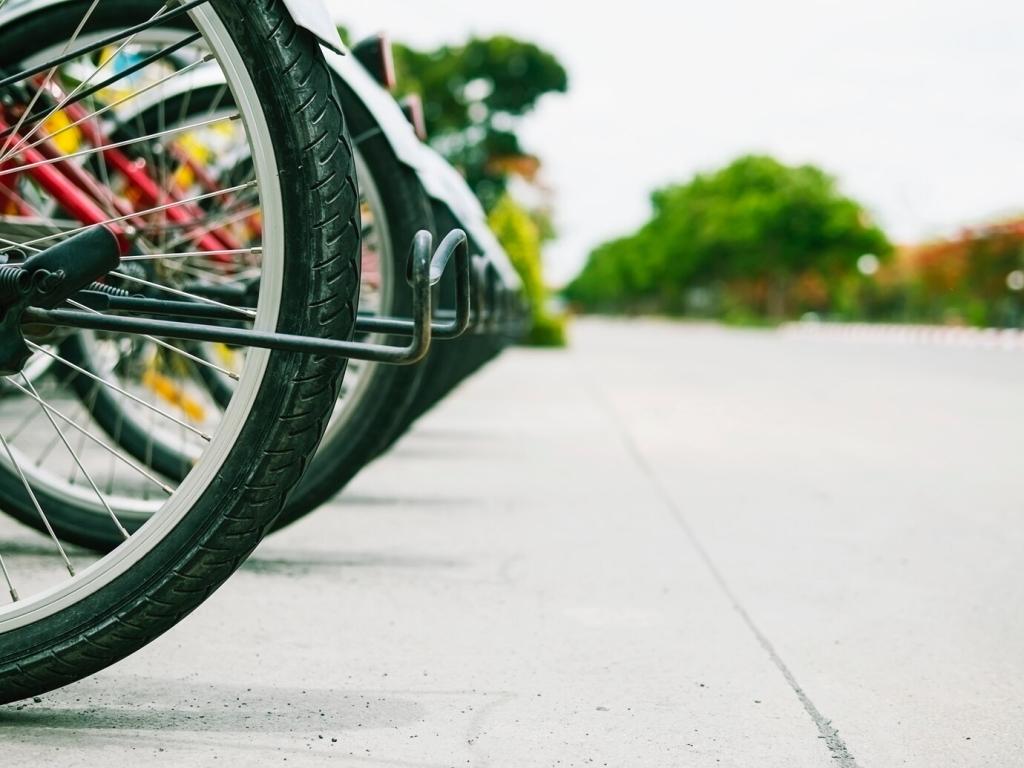
Electric Scooters vs. Traditional Vehicles: Eco-Friendly Alternatives
Today’s chosen theme: Electric Scooters vs. Traditional Vehicles: Eco-Friendly Alternatives. Explore how nimble, battery-powered rides stack up against cars and motorbikes for cleaner cities, quieter streets, and happier commutes. Read on, share your thoughts, and subscribe for more practical, planet-positive mobility insights.

Carbon Footprints in Motion
Electric scooters shine in short-distance travel because their energy use per kilometer is tiny, especially when charged on increasingly cleaner grids. While manufacturing footprints matter, per‑trip emissions often beat cars by wide margins. Tell us your charging habits and local grid mix.
Carbon Footprints in Motion
Most city car trips carry just one person, turning a multi‑ton machine into a personal shuttle. That mismatch inflates per‑person emissions. Scooters right‑size mobility for solo travel, trimming waste dramatically. How often do you drive alone, and where could a scooter substitute?
A full charge typically costs cents, not dollars, depending on local electricity prices. Compared to gasoline’s volatility, home charging is predictable and cheap. Track a month of scooter charging and car fill‑ups, then comment with your savings. We’ll feature standout comparisons in future posts.
Costs, Maintenance, and Hidden Savings
City Infrastructure and Policy
Isolated bike lanes help a block at a time, but connected, protected networks change everything. When routes feel safe, riders appear. Map your city’s strongest links and scariest gaps; tag officials in your post. We’ll compile community heatmaps and share best‑practice designs from leading cities.
City Infrastructure and Policy
A scooter parks in the footprint of a curb corner, leaving sidewalks clear and freeing valuable roadway. Contrast that with cars circling for spaces and blocking lanes. Show us well‑designed scooter corrals in your neighborhood, and we’ll spotlight them to inspire replicable, low‑cost solutions.


Wider decks, larger wheels, bright lights, stable braking, and sensible speed governors prevent avoidable spills. Cars benefit from crumple zones; scooters rely on visibility and surface quality. What scooter features make you feel safest? Share your essentials, and we’ll build a community buyer’s checklist.

Batteries, Materials, and the Second Life
Battery chemistry matters: LFP offers long cycles and stability; NMC packs higher density but needs careful sourcing. Recycling rates are rising as policies tighten. Ask your manufacturer about traceability. Share any recycling programs near you so readers can responsibly retire worn packs when needed.


Batteries, Materials, and the Second Life
Retired scooter batteries still store meaningful energy for lights, sensors, and tiny home backup. Community makerspaces lead the way with safe repurposing. Have a second‑life project idea? Describe it below. We’ll feature the smartest, safest concepts in a monthly highlight to inspire responsible experimentation.
Stories from the Road
Maya missed her bus by seconds, unfolded her scooter, and skimmed puddles under a bright poncho. She arrived early, shoes dry, heartbeat steady. What’s your last‑minute save? Share it, and subscribe for our monthly anthology of reader stories that celebrate resilient, low‑carbon mobility.
